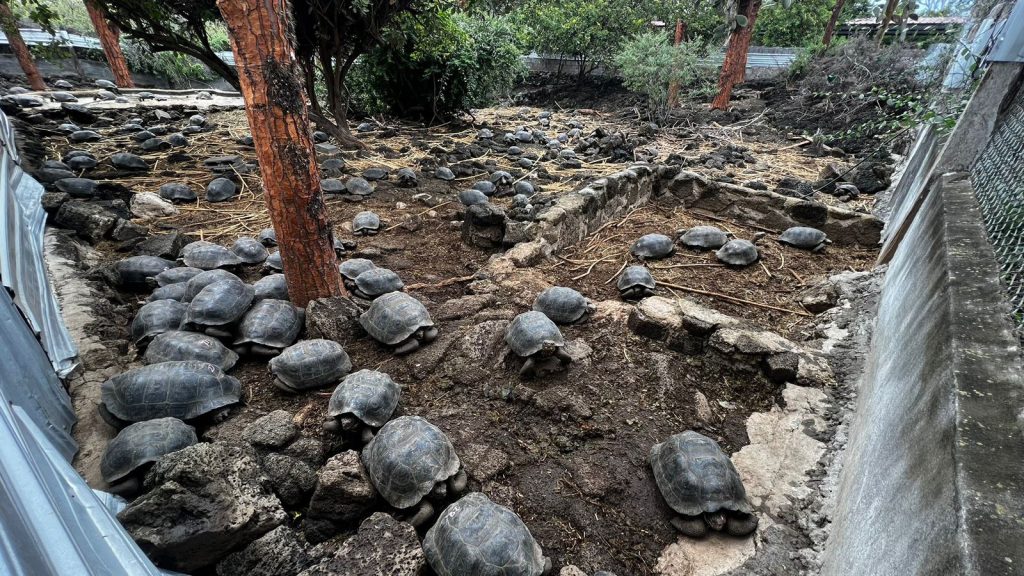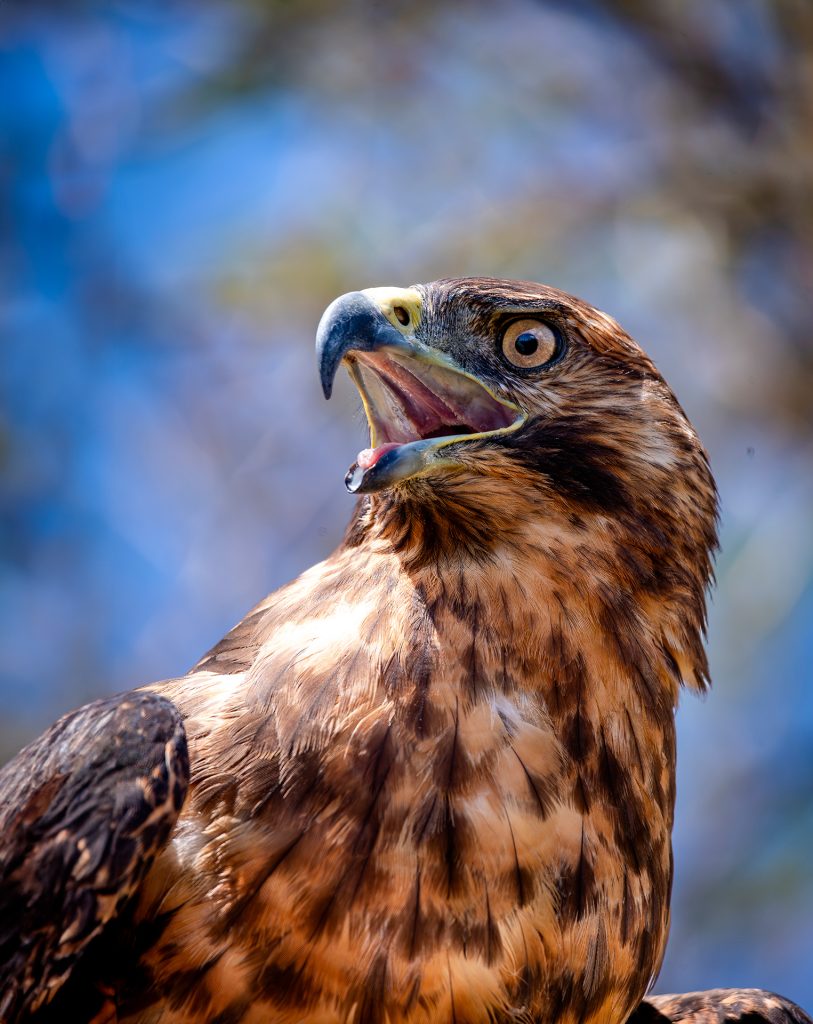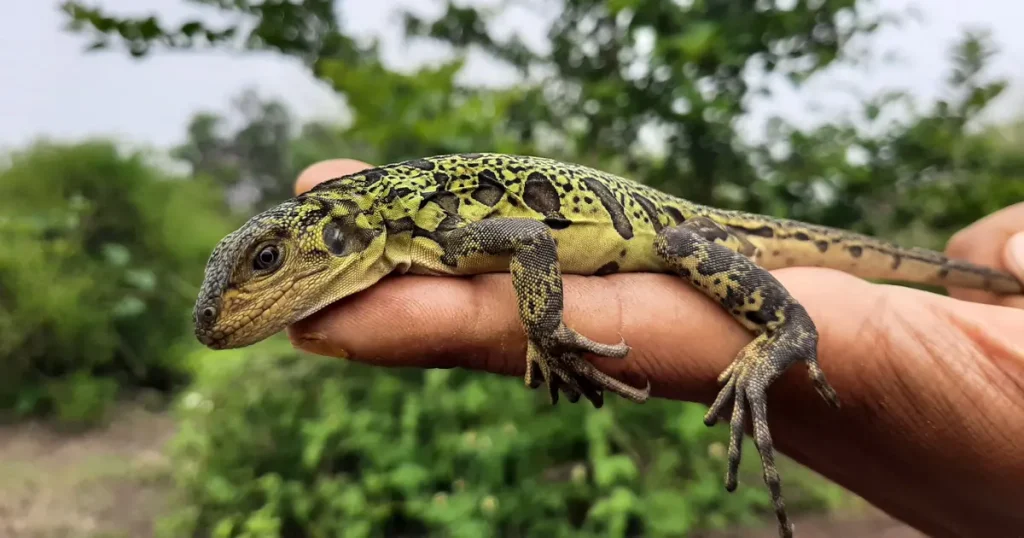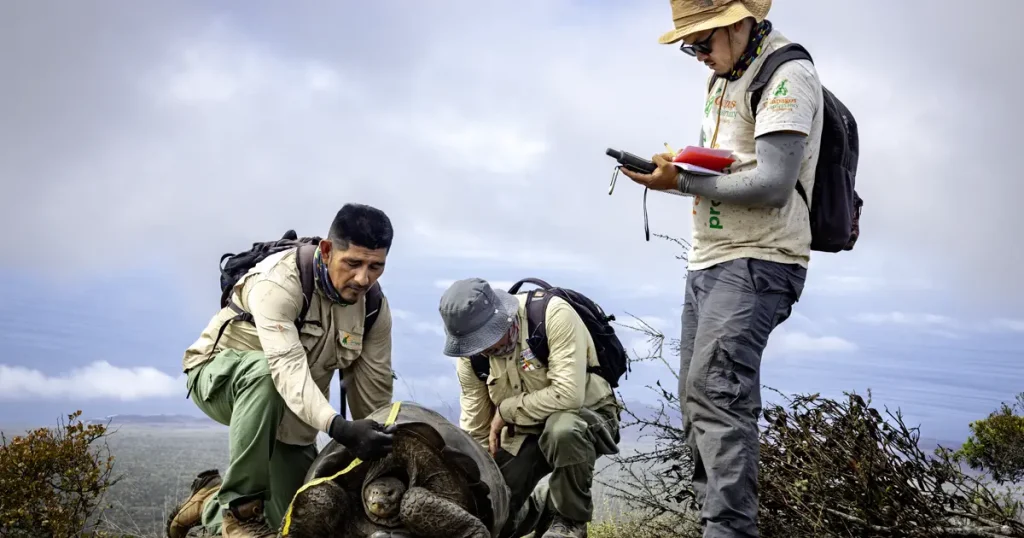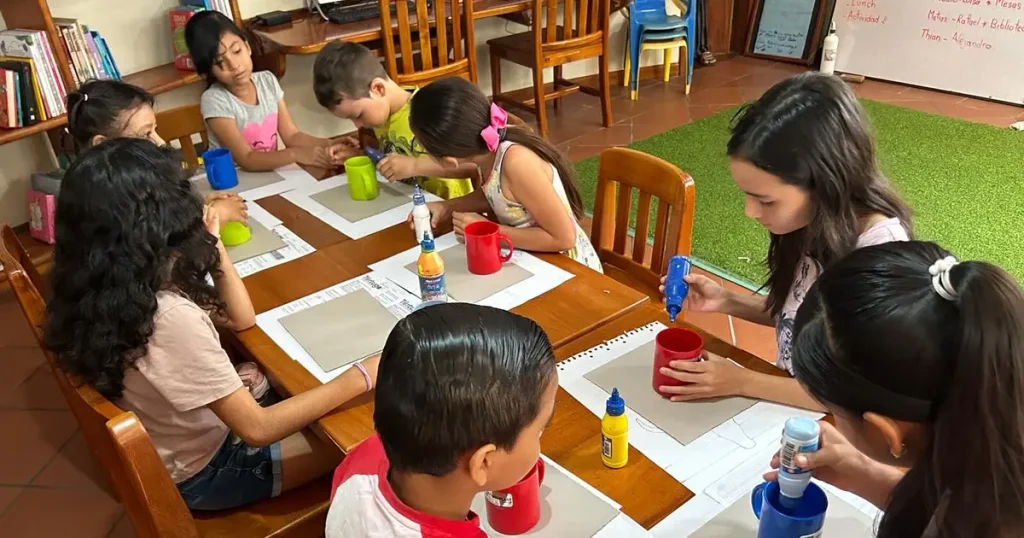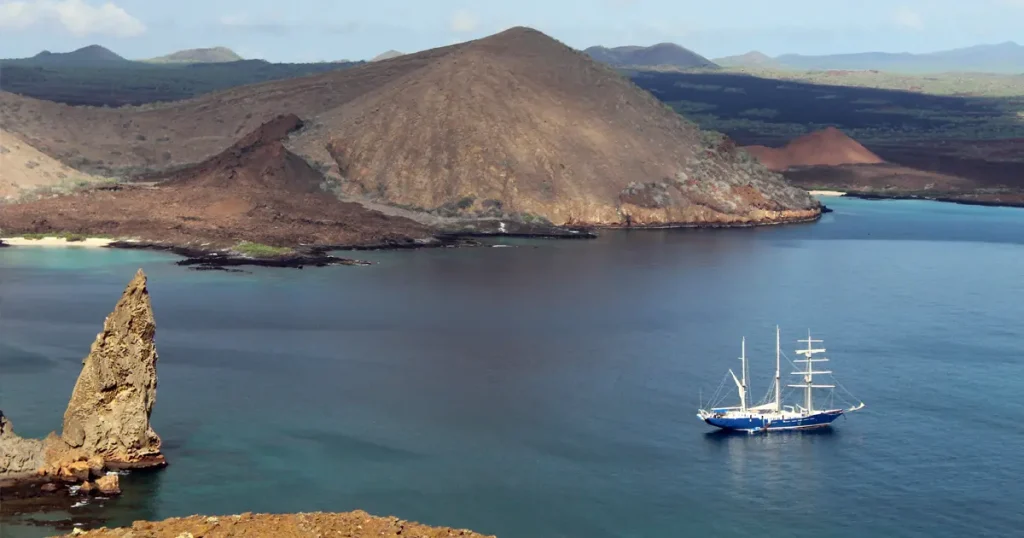Ecuador’s Ambitious Ecological Restoration in Galápagos
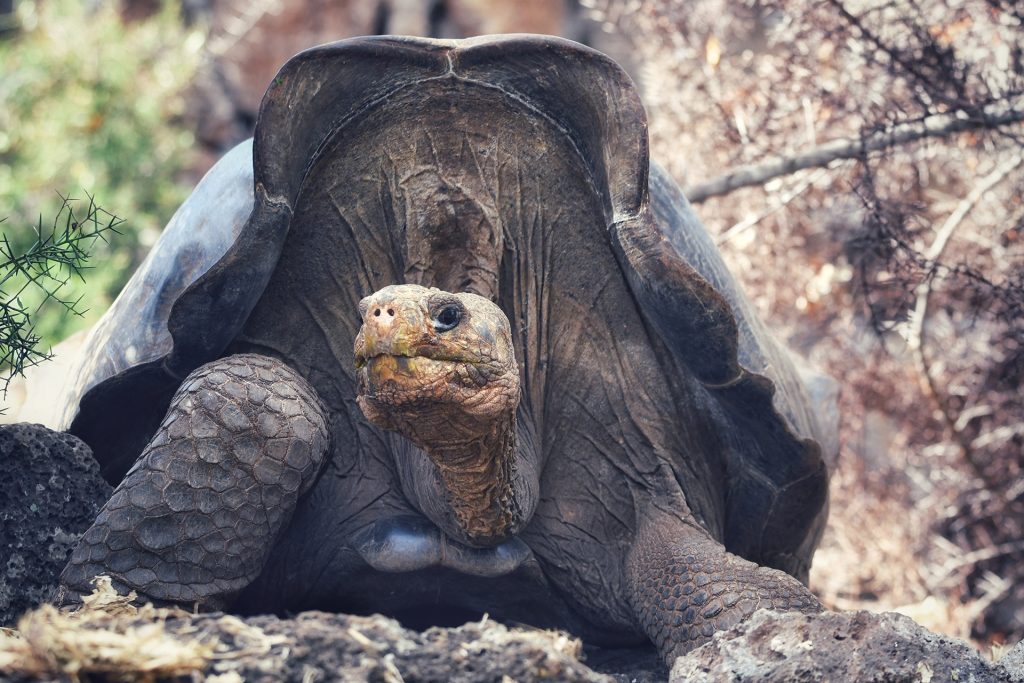
The Ecuadorian government has allocated $3.4 million for an ambitious ecological restoration project on Floreana Island, one of the four inhabited islands in the Galápagos Archipelago. The initiative aims to reintroduce 13 endemic species, including the iconic giant tortoises that disappeared from the island.
“We celebrate the decision of the environmental authority, and it fills us with pride to be participants in this effort to restore the ecosystem of Floreana Island,” said our Director of Conservation, Dr. Jorge Carrión.
The Genetic Mystery of Floreana Tortoises
The giant tortoise of Floreana (Chelonoidis niger) fell victim to intensive hunting by whalers in past centuries and has been considered extinct for over 150 years. However, recent research revealed the existence of individuals with genes from the extinct species on Isabela Island’s Wolf Volcano. It is believed that whalers released or abandoned Floreana tortoises in this area, which would explain this surprising genetic discovery.
With the support of Galápagos Conservancy, between 2015 and 2017, a few dozen of these Wolf Volcano tortoises were relocated for genetic studies. From this sampling, 19 were determined to be hybrids, with genetic ancestry from the original Floreana species. In 2017, a breeding program began in hopes of restoring the species on its home island.
Reintroducing Endemic Species
The project, set to begin in January 2024, will not only focus on tortoises. It will also reintroduce another 12 species that went extinct on Floreana, such as vegetarian finches, sharp-beaked ground finches, large ground finches, gray warblers, large tree finches, vermilion flycatchers, Galápagos mockingbirds, lava gulls, barn owls, Galápagos hawks, Galápagos flycatchers, and snakes.
Before reintroduction, the challenge of introduced species, especially rodents and cats, which pose a significant threat to the species of Floreana Island, will be addressed. The eradication of these species is essential to ensuring the project’s success.
A Promising Future for Floreana
We are actively participating in this project through Iniciativa Galápagos, a program in collaboration with the Galápagos National Park Directorate (GNPD) that focuses on restoration of Galápagos ecosystems. “Although the tortoises to be reintroduced are not 100% from the original Floreana species, they possess a high genetic load of the native species C. niger. What is essential is that they will carry out their fundamental role as ecosystem engineers,” Carrión explained.
This effort represents a significant step in restoring Floreana’s ecological networks and conserving its rich biodiversity. Moreover, successful implementation of this project in Galápagos can serve as an inspiring model for conservation efforts worldwide. By protecting and restoring these unique ecosystems, we not only safeguard the natural heritage of the Galápagos Archipelago but also reaffirm the global commitment to conserving our planet and the rich diversity of life it holds.
